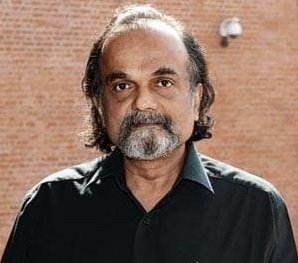Indian economy’s liberalization in the 90s can no more be seen as a response of the government to balance of payment crisis; the reforms of 1992-93 cannot be attributed to the pressure from the World Bank or the IMF. While the most of the Left intellectuals argue against the initiatives, warning that the guidance provided by Fund/Bank India can go the Latin American way, the intellectuals closer to the government argue for replacement of bureaucratic control by price-based measures and trimming the public sector. The discussions on the Indian liberalization program of 1991-92 so far have found little common ground. Considering that, this paper attempts to pose the facts against the hypotheses and fears addressed by the left and right wings, as well as raise crucial questions which need to be resolved. These include the relevance of Latin American experience to the Indian case. Some of the relevant areas of debate that the paper brings to light include the nature and extent of state intervention for higher growth, the poor performance of India in comparison to other South East Asian economies, the Indian employment growth (especially in the public sector), the prospects of a high speed growth, the ideal pace of transformation rate of growth, the scope of radical political change along and its limitations in the Indian case, and the prospect of land reforms as a ‘high speed growth’ strategy.
Some Issues In The Debate On Policy
Author : Sebastian Morris


